Painting
Color matching is based on the three basic colors of red, yellow, and blue, to match the color that is pleasing, meets the color difference requirements of the color card, is economical and does not change color during processing and use. In addition, the coloring of plastics can also impart multiple functions to plastics, such as improving the light resistance and weather resistance of plastics; imparting certain special functions to plastics, such as conductivity and antistatic; That is, through color matching and coloring, certain application requirements can be met.
Color Matching
Color matching is based on the three basic colors of red, yellow, and blue, to match the color that is pleasing, meets the color difference requirements of the color card, is economical and does not change color during processing and use. In addition, the coloring of plastics can also impart multiple functions to plastics, such as improving the light resistance and weather resistance of plastics; imparting certain special functions to plastics, such as conductivity and antistatic; That is, through color matching and coloring, certain application requirements can be met.
Basic principles of color matching
Color matching is based on the three basic colors of red, yellow, and blue, to match the color that is pleasing, meets the color difference requirements of the color card, is economical and does not change color during processing and use. In addition, the coloring of plastics can also impart multiple functions to plastics, such as improving the light resistance and weather resistance of plastics; imparting certain special functions to plastics, such as conductivity and antistatic; That is, through color matching and coloring, it can also meet the requirements of certain applications.
Electroplate
It is used to deposit various metal and non-metal films on the surface of the plastic part by distillation or sputtering under vacuum conditions. In this way, a very thin surface coating can be obtained, and it has the outstanding advantages of fast speed and good adhesion. However, the price is also higher, and there are fewer metal types that can be manipulated. It is generally used as a functional coating for higher-end products, such as an internal shielding layer.
Water plating
Metal plating (deposit) is plated on the substrate to change the surface properties or size of the substrate. For example, to give the metal surface gloss and beauty, rust prevention and abrasion prevention; improve conductivity, lubricity, strength, heat resistance, and weather resistance; heat treatment to prevent carburization and nitriding; size or wear parts repair.
Oxidation
Oxidation is a process in which electrons are lost in a chemical reaction with electron transfer, that is, a process in which the oxidation number increases. The oxidation reaction of most organic compounds is manifested by the reaction raw materials gaining oxygen or losing hydrogen. The process involving the oxidation reaction is an oxidation process.
Leather holster
Leather holster With the continuous development of society, leather holster has become an indispensable product for people’s daily necessities. Leather products are divided into two categories: genuine leather and artificial leather. Synthetic leather and artificial leather are made of woven fabric or non-woven fabric. The base is respectively coated with polyurethane and made of special foaming treatment. The surface feels exactly like real leather, but the air permeability, abrasion resistance and cold resistance are not as good as real leather. Leather products are increasingly used in people's life areas, electronic products, car interiors, aircraft interiors and so on.
Laser carving
Laser engraving is also called laser engraving or laser marking, which is a process of surface treatment using optical principles. Laser carving is also a kind of surface treatment process, similar to screen printing and pad printing, in which words or patterns are printed on the product. The process is different and the price is different.
Silk screen printing
Refers to the use of silk screen as the plate base, and through the photosensitive plate making method, made into a silk screen printing plate with pictures and texts. Screen printing consists of five major elements, screen printing plate, squeegee, ink, printing table and substrate. Use the basic principle that the mesh of the graphic part of the screen printing plate can penetrate the ink, and the mesh of the non-graphic part cannot penetrate the ink for printing. When printing, pour ink on one end of the screen printing plate, use a squeegee to apply a certain pressure to the ink part on the screen printing plate, and at the same time move toward the other end of the screen printing plate at a uniform speed, the ink is removed from the image and text by the squeegee during the movement. Part of the mesh is squeezed onto the substrate.
Commonly used materials
Commonly used materials include: ABS (acrylonitrile-butadiene-styrene copolymer); PMMA (polymethyl methacrylate); PC (polycarbonate); PP (polypropylene resin); POM (polyoxymethylene resin); PE (polyethylene); HDPE (high density polyethylene); LDPE (low density polyethylene); PVC (polyvinyl chloride); TPU (thermoplastic polyurethane elastomer); TPR (thermoplastic rubber material); TPE (thermoplastic elastomer) ; PS (polystyrene plastic); PA (polyamide-nylon).
Metal
metal
-
Plating
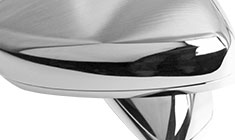
-
Chrome

-
Nickel plated
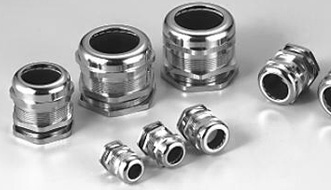
-
Tinned
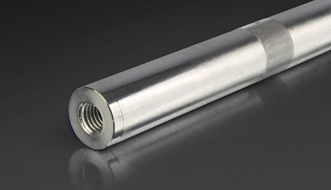
-
verzinkt

-
Powder Coating
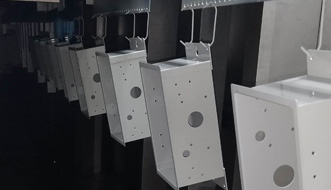
-
fuel injection

-
Oxidation
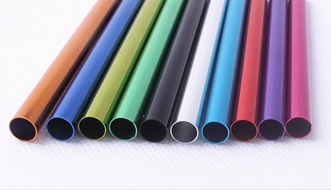
-
Sandblasting

-
Brushed
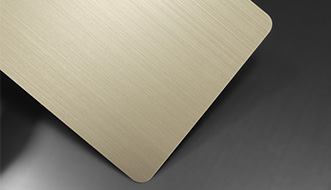
-
Sanding/Polishing
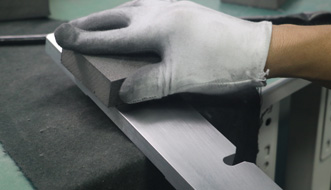
-
Laser laser engraving
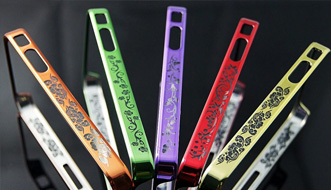
-
Black and blue

-
Heat treatment

-
Tanning: VDI, SPI, MOLD
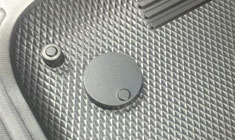
Plastic
plastic
-
painting
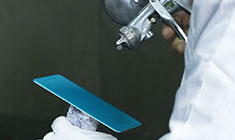
-
Ordinary spray paint
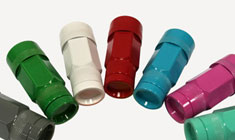
-
Nickel plated

-
tinned

-
Galvanized
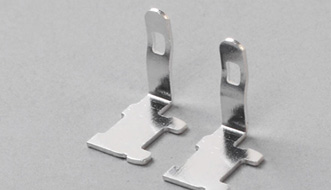
-
Powder Coating
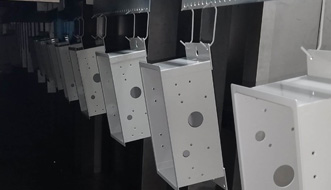
-
matte
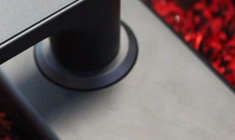
-
Glossy
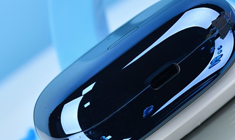
-
sandblasting
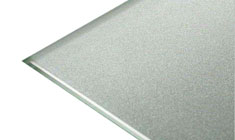
-
sunburn
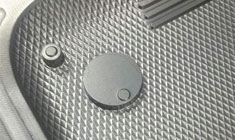
-
MOLD TEXTURING

-
plating

-
water electroplating

-
Vacuum plating
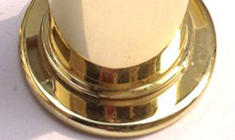
-
silk screen
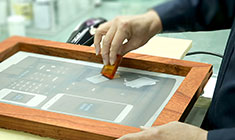
-
pad printing

-
water transfer
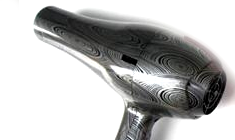
-
Thermal transfer

-
bronzing

-
UV printing

-
Laser laser engraving

01
Consulting
Business Consulting
02
Research
Project Evaluation
03
Carried out
Production
04
Test
Quality inspection
05
Deliver
Product delivery

















































